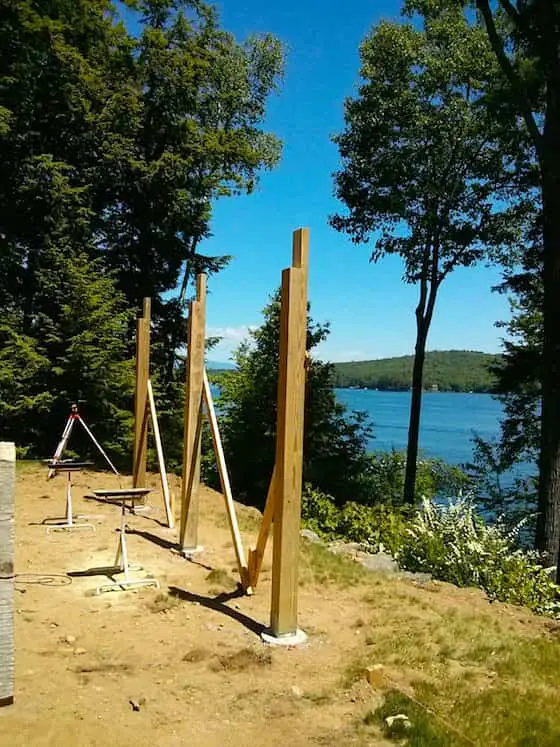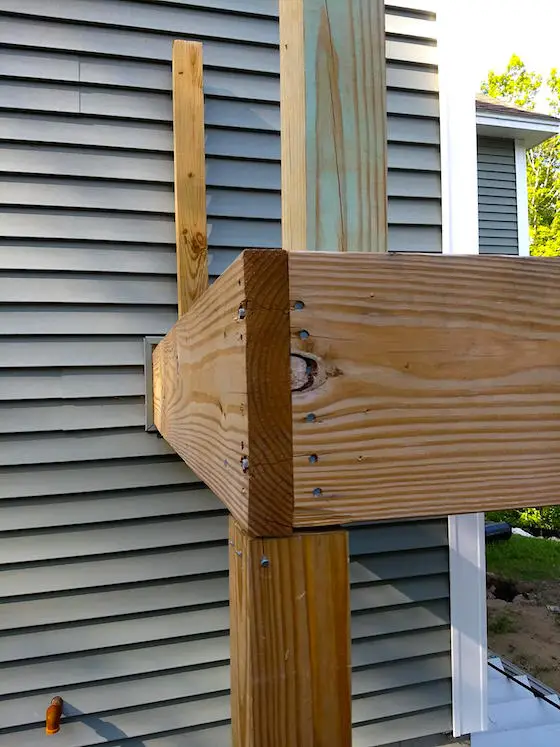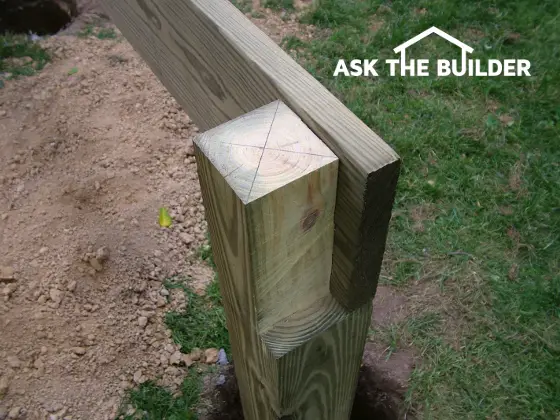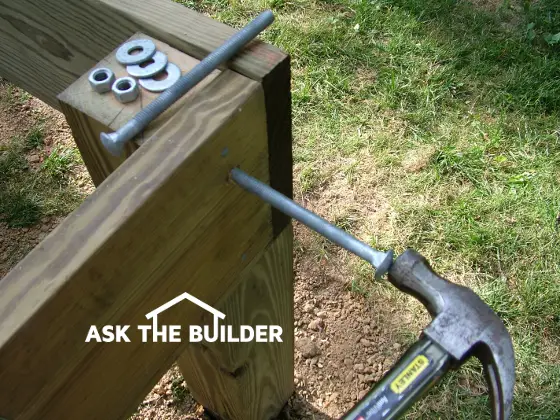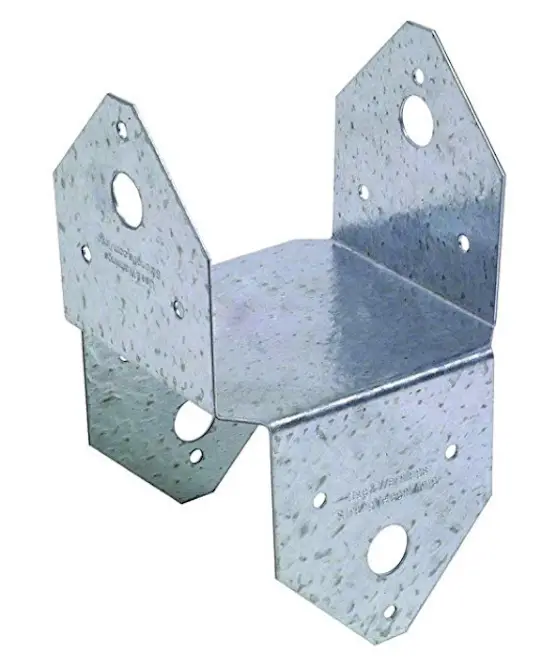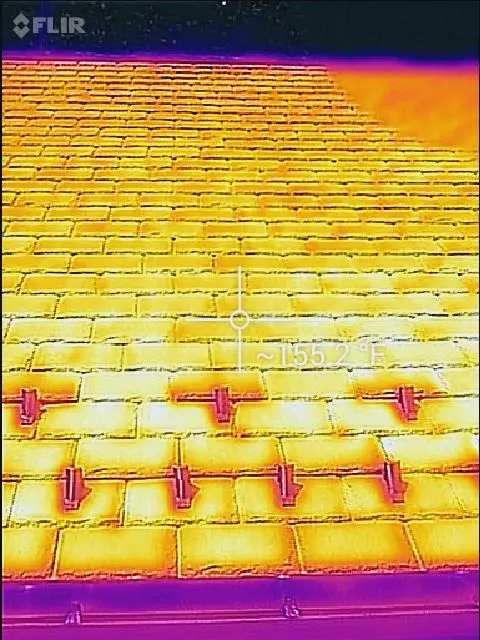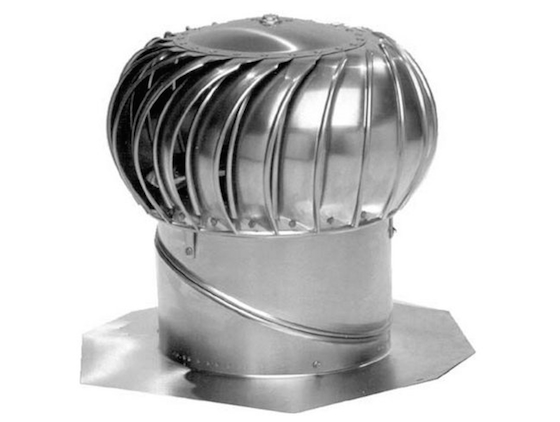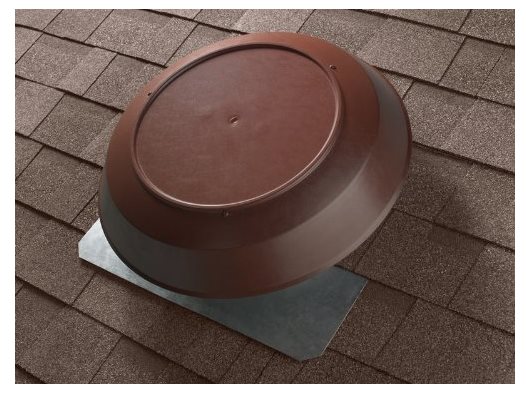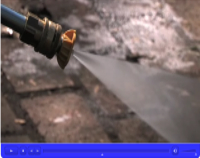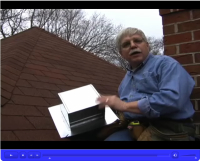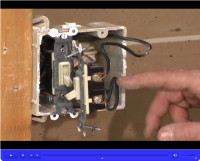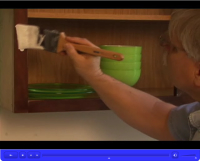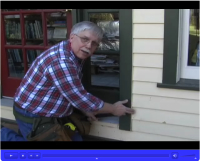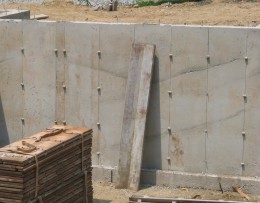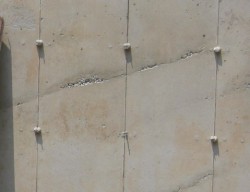This video syndication offering is exciting. But you may have a host of questions. Many of the answers you are looking for are probably right here. Take a few moments and explore!
Top Two FAQs of All Time:
- How can I start the videos on my website with minimal or no financial risk?
- Simple. I will supply you with a list of companies in your city or town that already advertise on the Internet. Sell them a small banner ad near the video for slightly more each day than what you are paying for each video. This allows you offset the cost of the video. Once you start directing traffic to the pages, you can sell the ad spaces around the video and in the video for more money.
- How do I get new advertising business onto my Web site?
- This is really easy. Go to Google and type your city or town name in the search field box. But wait! add a space and a + and then the different business topics. For example, I might type:
cincinnati + plumbers
cincinnati + home equity loans
cincinnati + remodelers
cincinnati + builders
cincinnati + roofersThe results you get back will show you businesses that have Web sites in your area. Many of these may not be current advertisers. Look at the right column on the page titled Sponsored Links. You will see ads there of businesses in your city or town that understand the power of Internet advertising. Contact those companies first!
About the Actual Video Files:
- How do I get the videos?
- Once you have signed a contract, you are sent a set of DVDs that contain the entire video library. You can pick and choose which videos you want for your website.
-
What is the file format of the videos I will receive?
-
Apple QuickTime Move or .mov file.
-
-
What are the file sizes of the videos I will be receive?
-
The file sizes vary from video to video, but they usually range from 50 to 200 MB.
-
-
What file format should the videos be when I put them on my Web site?
-
You'll want to convert the videos into Flash Video Files (also known as .flv files) before embedding them into your Web site.
-
-
What file size will the videos be when I publish them to my Web site?
-
Again, the file sizes will vary depending on the video, but you can estimate about 10 to 50 MB. Of course, you can reduce the finished file size by reducing the quality of the video; however, for best quality, 10 to 50 MB is a safe assumption.
-
About the Revenue-Producing Advertisements:
-
How do I insert advertisements into the videos?
-
Using video editing software - such as iMovie, Windows Movie Maker, Final Cut Pro, Avid, etcetera - you slice the video where you would like the advertisement to appear, and then insert it into the video. After inserting the ad, you simply recompress the video. This operation takes minutes
-
-
How long should the in-video advertisements be?
-
To enhance the viewer's experience, I urge you to limit advertisements to no longer than 10 to 15 seconds.
-
-
How many advertisements can I put inside a video?
-
There is no set limit, but to enhance the viewer's experience, don't insert any more than two or three advertisements per video.
-
-
How many advertisements can I put on a Web page with a video?
-
The limit is dictated by your Website design and your viewers tolerance to ad exposure.
-
-
Can a stand-alone video advertisement be placed next to a video?
-
Absolutely yes! Video advertisements directly adjacent to a videos are effective and unobtrusive. You will discover they are a lucrative profit center, especially when you can't fit all the video ads you want into the actual video.
-
About the Necessary Hardware and Software:
-
What hardware do I need to work with the videos?
-
A Mac or PC with an up-to-date graphics card, sizable hard drive and at least 512 MB of RAM.
-
What software do I need to compress videos before publishing them to my Web site?
-
You'll need Adobe Flash
-
What software do I need to edit the videos and insert advertisements?
-
You'll need video editing software. iMovie, Windows Movie Maker, Final Cut Pro, Avid and many others will work perfectly. Many media outlets such as newspapers, TV stations and radio stations have Apple computers. These come with the iMovie movie-editing software from the factory.
-
What software do I need to publish the videos to my Web site?
-
Besides video editing software and Flash, you'll need a FTP (File Transfer Protocol) program for accessing your server and at least a text editor to modify your Web pages. This software is sometimes available for free on the Internet. If your company has a website, it already has this software.
-
What are the Web site requirements to play the videos?
-
Most any server will allow you host Flash videos because there is no server-side software necessary.
Step-by-Step Process to Publishing Videos on Your Web Site:
-
View the Videos from the DVD set: After you have signed your contract to syndicate my videos, you will receive a set of DVDs that contains the videos.
-
Add Interstitial Advertisements: If you have advertisements to place inside the videos, edit the videos, insert the advertisements and recompress the video files. If you don't have advertisements to place inside your videos, just go to step three.
-
Prepare the Video for Publishing: Once your advertisements are in the videos or if you don't have any in-video advertisements, you're ready to compress the video files into Flash Video files (also know as a .flv files).
-
Publish Each Flash Video: Each flash video file must be published as a flash video project. That process allows you to easily create a media player and the necessary code to embed the videos on your Web site.
-
Post the Completed Flash Projects on Your Web Site: To display the videos on your Web site, upload the files created for each Flash Video Project to your server, and insert the html created for each project into a Web page where you want the video to play.
